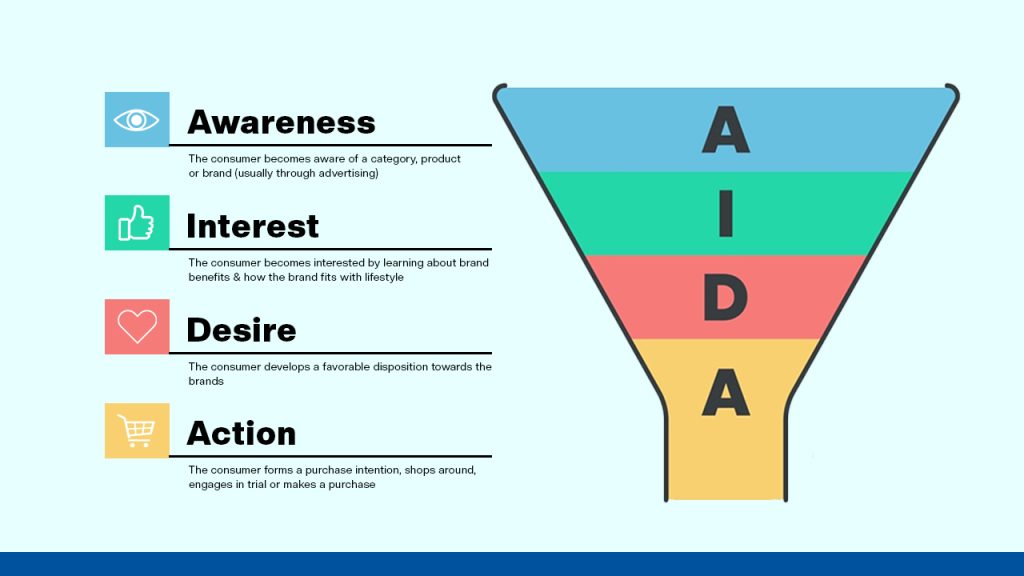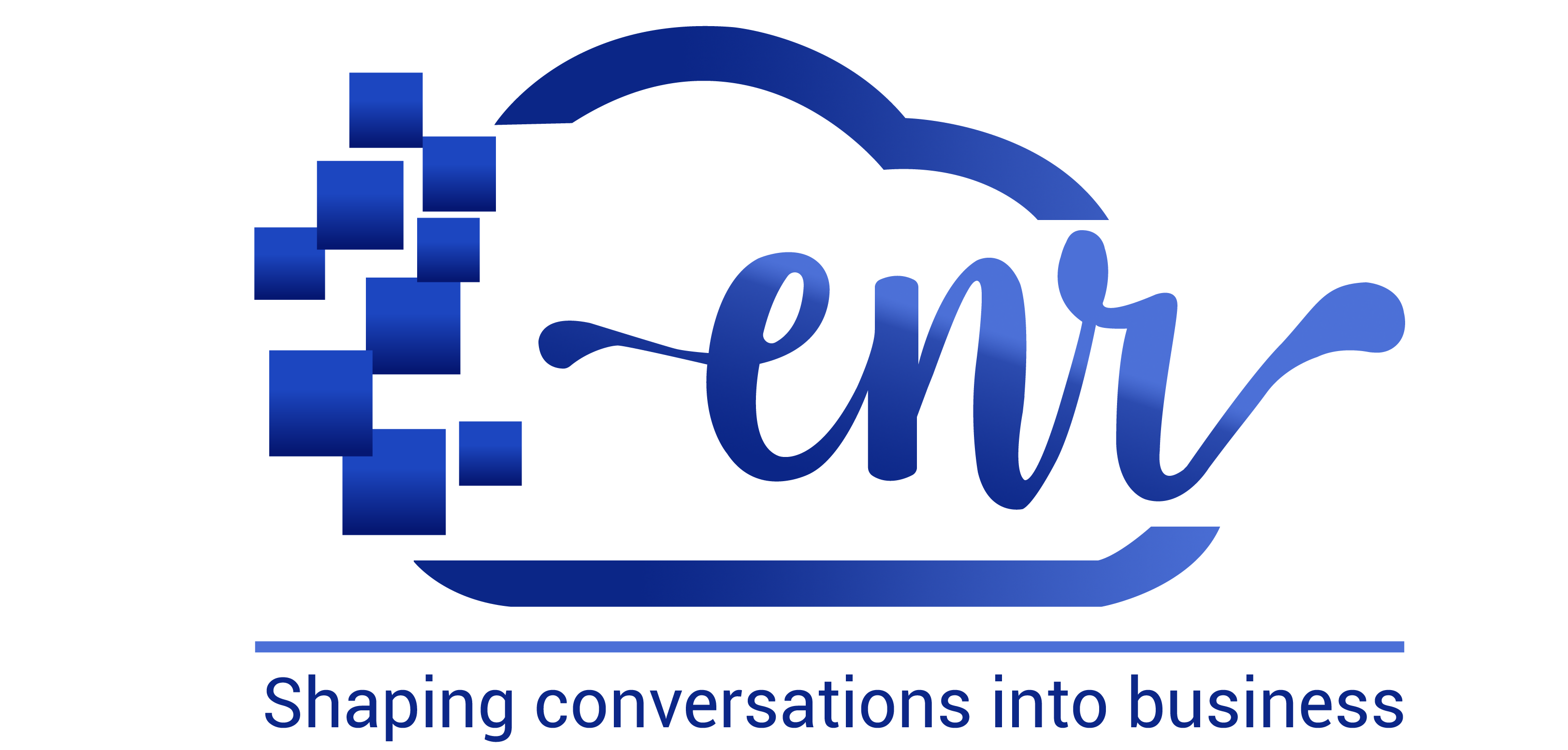Nowadays, grabbing and holding onto a customer’s attention has become increasingly harder. Studies indicate that people usually come across around 6000-10000 ads every day but attention spans have dwindled down to 8 seconds only (Microsoft).
So how do companies set them apart from competitors and guide consumers to move from simply knowing about their products to actually buying things? Well, the answer is found in the AIDA Model.
AIDA was developed in the late 1800s but it remains one of the most effective frameworks for driving conversions today.
According to this survey, 76% of consumers admitted that they would prefer to receive personalized messages instead of general ones, it is through AIDA model implementation that businesses manage to come up with specific marketing strategies that help them reach their target consumers better.
In this comprehensive guide, we will discuss ways in which you can best apply the AIDA model and use its strength to expand your business even more.
Table of Contents
ToggleWhat is the AIDA Model?
AIDA stands for Attention, Interest, Desire and Action.
This four-stage model is used in marketing, sales and advertising.
AIDA model describes the four stages a customer goes through in the process of purchasing a product or service.
Each stage of the model serves a critical function in converting a potential customer into a buyer.
The questions you should ask yourself at each stage of the AIDA model are.
A. How will you make your potential buyer aware of your product or services?
B. How will you make your potential buyer interested?
C. How will you make prospects see your product or services as desirable?
D. How will you call prospects to action?
To answer these questions let’s break down the four stages of the AIDA model. Let’s look into each part of the four-stage:
1. Attention
The first stage in the AIDA model is attention, also known as awareness. In this stage, you have to identify your audience and figure out a way to grab their attention.
Without attention, the audience will not even notice your brand or product. This is the top funnel of the model, and this is where you need to be as loud as possible. Think of it as casting a wide net, designed to capture as many eyeballs as possible. The goal is to ensure that people are aware that your business exists.
2. Interest
After the attention stage next stage is to retain the interest of the audience for a longer period of time. At this stage, customers are still not ready to buy – they are just curious.
This is where you have to give them a reason to learn more about your product or service through engaging content, storytelling, highlighting your product USP.
3. Desire
Next in the AIDA model is a point where the potential customer develops a hankering or curiosity for your product. At this point, brands should try to convert the curiosity of their audience into a strong desire for their product or services. In the desire phase, you have to showcase your product to customers in a way that customers feel that their problems are solved or needs are met. This can be the turning point in the buyer journey where the customer goes from liking your product to wanting to purchase from you.
4. Action
In the last phase of the AIDA model, your potential customers form an intent to purchase a product, they go around and start using your product, begin a free trial or connect with your sales team. Whatever the action is, the goal is to close the deal or make a sale.

Funnel of AIDA Model
Using funnel structure to describe the AIDA model represents that as your potential customer moves from one step to another within the model, the total number of potential customers decreases when they reach the end of the funnel which is the last stage of the AIDA model very few people remains who purchase your product.
History of AIDA Model
The AIDA model was developed by an American businessman named, Elias. St. Elmo Lewis, in 1898. Lewis was an American advertising advocate who formulated the slogan to attract attention, maintain interest, create desire and later add the fourth phase called get action.
His idea was, that to motivate the customer to purchase, they must progress a linear hierarchy from being aware of a product’s existence to evoking enough interest to pay attention to the benefits and advantages of the product to having a desire to gain the benefits from the product.
Lewis believed that the fourth stage Action, would come naturally from the first three stages.
When the AIDA model was introduced it was primarily focused on helping the selling process, later on, it was adapted by marketing and advertising theorists.
Today, the AIDA model has become the cornerstone of modern marketing. Skipping one step will result in an unsuccessful result.
Also Read – Benefits of Marketing Automation
Why Businesses Need the AIDA Model
The AIDA Model is a simple and strong guide to formulating great marketing campaigns. It involves a step-by-step process which guarantees that your communication is not random, but designed to lead customers smoothly through their journey. By understanding how we can put each stage into practice, the business can focus its efforts towards conversion instead of guessing in darkness.
Here are a few reasons why the AIDA model is essential:
Effective communication: It has enabled companies to structure their messages that take prospects from one level of purchasing to another.
Focus on customer journey: The AIDA model puts customers at the centre of the strategy, thus ensuring every action made by you should fit the customer in their journey.
Measurable results: The AIDA model provides clear checkpoints where every stage’s success can be measured enabling adjustment and optimization of campaigns.
Conclusion
The AIDA model is a marketer communication model that can help tailor the marketing efforts to suit the human steps it goes through before making a purchase decision. By applying each step- attention, interest, desire and action – businesses can guide their prospects through the customer journey without any hiccups to improve conversion rates.
Using a model will make a marketing campaign successful and build a strong bond with your audience. So go ahead, apply the AIDA Model to your next marketing campaign, and watch your business grow.
Alisha Limichana is a seasoned growth marketer and part of the MCG team at EnR Cloud, specializing in driving business growth through innovative strategies. She has a proven track record of delivering impactful marketing campaigns. Outside of work, Alisha enjoys exploring the mountains, travelling, and staying active and fit.





